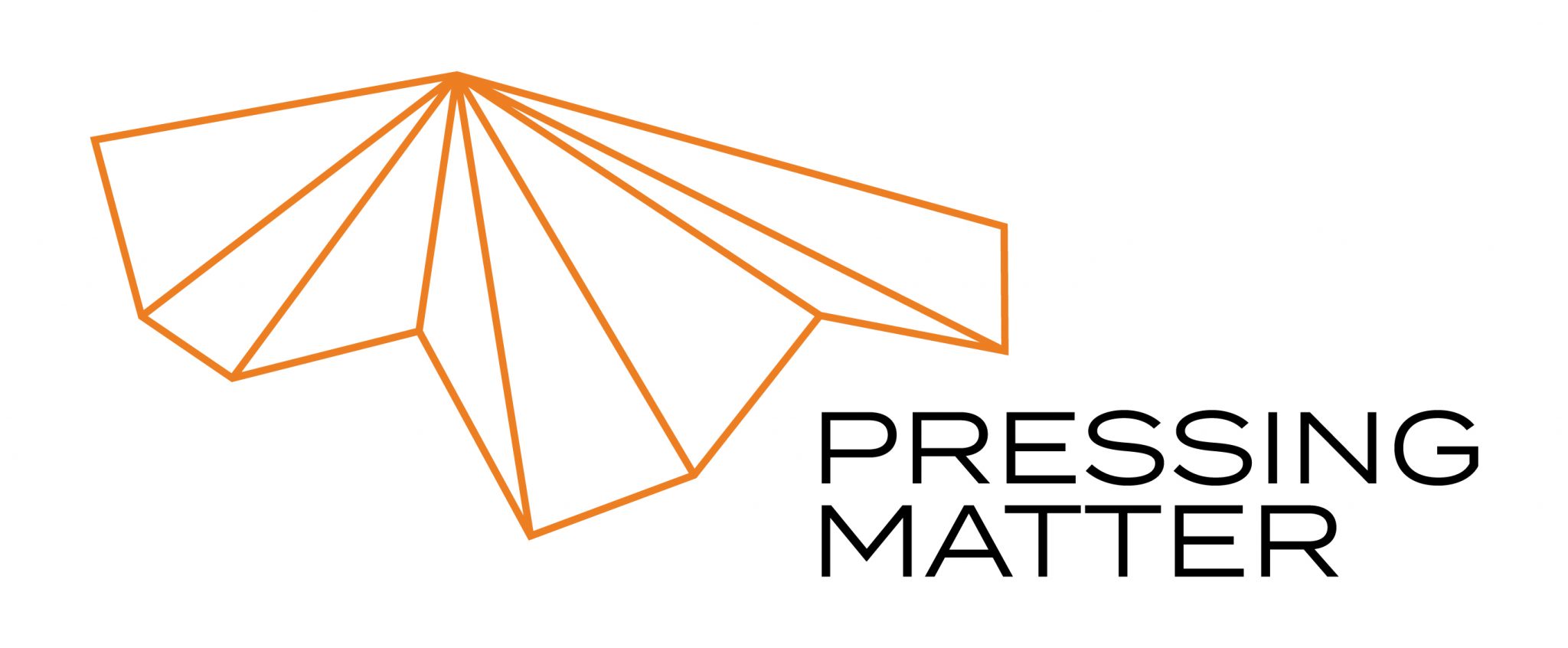In 2019, at the double inauguration of the new permanent exhibition of the Australian and Oceanian sections and the temporary exhibition Mater Amazonia: The Deep Breath of the World, Pope Francis referred to the old Vatican Ethnological-Missionary Museum, created back in 1926, as “Anima Mundi”, the “soul of the world”. And so, with a new name and a new museography, a new museum came to light. And because it ought to be more than “simply a museum, in its traditional conception”, Francis found the new name particularly fitting and evocative. Indeed, as we can read on the Vatican Museums’ website, the mission of the new museum has become “to welcome the spirit of each culture”. While the mission as purpose of the Vatican Museums is repeated throughout the website, we must look a little harder to find the mission as religious endeavour and the missionary as one of the agents involved in it in how Anima Mundi is being rethought and presented. “Ethnology,” on the other hand, seems to have managed to retain its appeal within the Catholic milieu, at least for the time being, even if Anima Mundi’s counterparts all over Europe are moving away from it and becoming “world” museums.
What does it mean to (re)name and (re)conceive a museum, and this one in particular, as “the soul of the world”? Which conceptual operations does this transformation reflect? An extension of classic Catholic claims of universalism? A new emphasis on the spiritual? An increased awareness of global interconnectedness? How does it impact the way the collections are re-interpreted, valued, and displayed? And how might different audiences, including members of communities from where these collections originated, view such exhibitions?
This renaming signals a turning point – within the Catholic Church but also more broadly – in the relationship between religion and heritage, in which the encapsulation of the former into the latter seems to have gone so far that spirits had become subsumed by culture or art. Debates about the colonial provenance and restitution of artefacts in ethnological and other museums raise questions about modalities of display. In what ways do museums in the Catholic spectrum and beyond address tensions arising between a view on collections as embodiments of spirit/s, on the one hand, and as musealized objects that are to be researched, conserved, stored, and put on display? How do the secular logic of museums and their routines and regulations in handling collections relate to – i.e. clash or intersect – with the religious provenance of the items in these collections? And how does the reappraisal of the spiritual dimension of artefacts in missionary and other collections affect modes of storage, preservation and display, as well as relate to claims of ownership and restitution?
We propose to approach such collections as missionary material assemblages. Building upon insights from Actor-Network-Theory and assemblage theory, we situate musealized objects in a wider configuration of multiple human and non-human actors. We ask how the specific value, meaning, affordances and display of the items around which such assemblages evolve, depend on, as well as inform, the mission of museums holding such collections. Of particular interest is research in moments of salient breaks and shifts, when missions are reformulated and material assemblages are reformed. Taken together, we would like to track the transformations of the value, meaning and display of musealized objects across time and space in Catholic institutions and beyond.
Catholic and Protestant missionaries had a more central role in collecting artefacts, as part of their missionary work in areas of European colonial outreach, than is often assumed. Ethnological collections are now subject to critical inquiry about their provenance, issues about restitution, and possible new futures. Combining scholarly presentations with site visits to Anima Mundi and other ethnological collections in Rome, this workshop is organized as a grounded reflexion on the ways in which museums and other instances are reconfiguring their mission. Special emphasis is placed on the spiritual dimension of artefacts on display that once had a religious value and meaning and now are framed as heritage or art.This workshop is a joint effort of the Heritage and the Question of Conversion work package of the research Program Pressing Matter. Ownership, Value and the Question of Colonial Heritage in Museums (https://pressingmatter.nl) and the research program Religious Matters in an Entangled World (Utrecht University) (www.religiousmatters.nl).



